Oregon Gov. Tina Kotek (D) signed SB 688 into law, which aims to address its utilities’ resistance to community solar, rooftop solar, and other forms of clean energy generation that the utility is less likely to own.
The new law gives the Oregon Public Utility Commission the power to develop and adopt a framework for carrying out performance-based regulation of electric companies. The commission may then use the performance-based regulations to provide incentives and penalties to get electric utilities to bring their operations in line with the public interest, such as developing distributed energy resources, improving utility operations to reduce costs to ratepayers and reducing greenhouse gas emissions.
Among the actions “in line with the public interest” include expanding the use of
- distributed energy resources,
- community solar projects,
- microgrids,
- demand-response programs, and
- energy-efficiency programs.
John Lowe, the Renewable Energy Coalition’s executive director, testified in support of the bill and said interconnection can be a major impediment to developing renewable energy projects. “Often the impediments might be more accurately described as purposeful ‘weaponization’,” he said.
According to Lowe, delays from construction, the interconnection study process, excessive requirements and costs, and even delays in re-energization following wildfires, extend to and are “especially related to Oregon’s community solar program.”
“Investor-owned utilities earn a profit for their shareholders through a return on capital investments, including investment in generating resources, that is approved in Oregon by the Public Utility Commission and recovered on customer bills,” Lowe said. “Independently owned projects, including community solar program projects, do not earn this return for investor-owned utilities.”
As a result, Lowe said utilities have an incentive to prevent development of independent projects. “And because interconnection costs are paid for by the project developer,” he said, “even the addition of facilities, which the utility normally will own, does not provide a basis for any return.”
“The damage is mounting for many community solar program projects, including the risk of failure for some advanced projects,” he said. “The overall results are poor, embarrassing, and contrary to public policy.”
Oregon enacted a law in 2016 that explicitly prohibited investor-owned utilities from using coal power by 2030. Nine years later, Lowe said only 25% of systems in PacifiCorp’s service territory are operational.
“The delays, excessive costs, and requirements associated with interconnection delays are harming not only the individual projects but the reputation and financials of the community solar program, the Oregon Public Utility Commission, and Oregon policies which impact customer choice and access to locally-sited carbon-free renewable power,” he said. These delays are harming customer subscribers, Lowe said, “especially low-income customer subscribers who have waited too long for the bill savings from the lower cost electrical energy.”
Portland General Electric (PGE) opposed the bill, saying it overlapped with a range of policies that are already in place.
“PGE is already heavily engaged in many of the activities the bill seeks to incent, such as supporting our customers’ distributed energy resources and operating a reliable electric system (for which PGE is also subject to federal reliability regulations),” Greg Alderson, PGE’s senior manager of state and federal government affairs, testified on behalf of PGE.
Before Gov. Kotek signed the bill into law, it passed the House 36-13, with 35 democrats and one republican voting in favor, and 13 republicans voting against it. In the Senate, it passed with 17 democrats and two republicans voting in favor, and ten republicans voting against it.
The new law will go into effect Jan. 1, 2026.
Gov. Kotek also signed a bill this session that expands microgrids to beyond utility ownership. The new law will allow municipalities, businesses and communities to build, own and operate microgrids “that improve resilience or mitigate the need for infrastructure upgrades.”
Read about other solar-related bills state lawmakers debated this year here.
This content is protected by copyright and may not be reused. If you want to cooperate with us and would like to reuse some of our content, please contact: editors@pv-magazine.com.
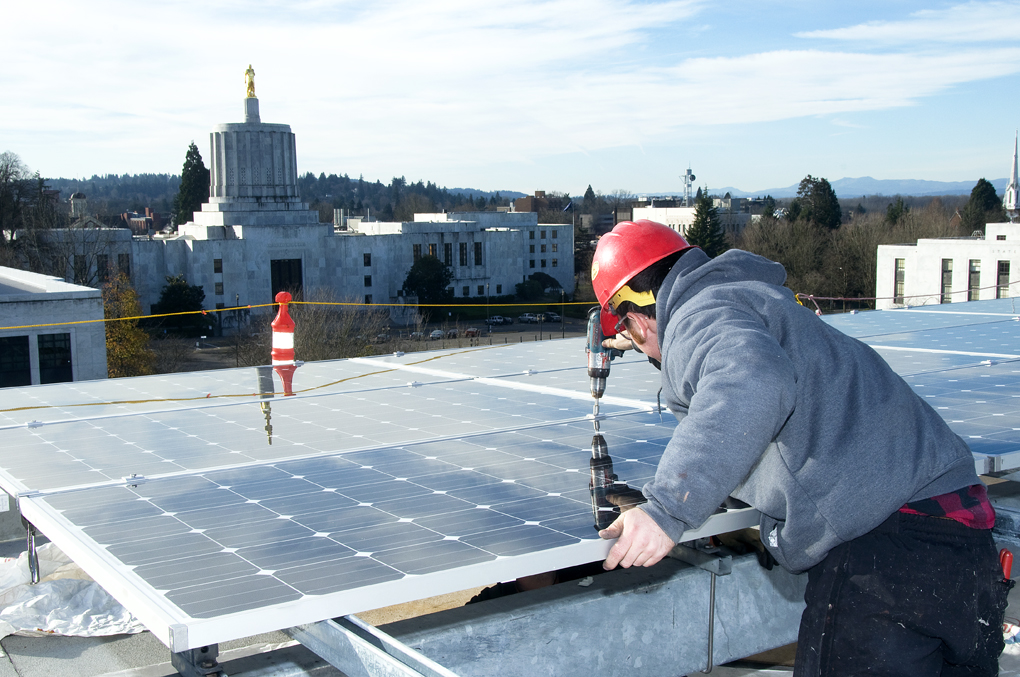
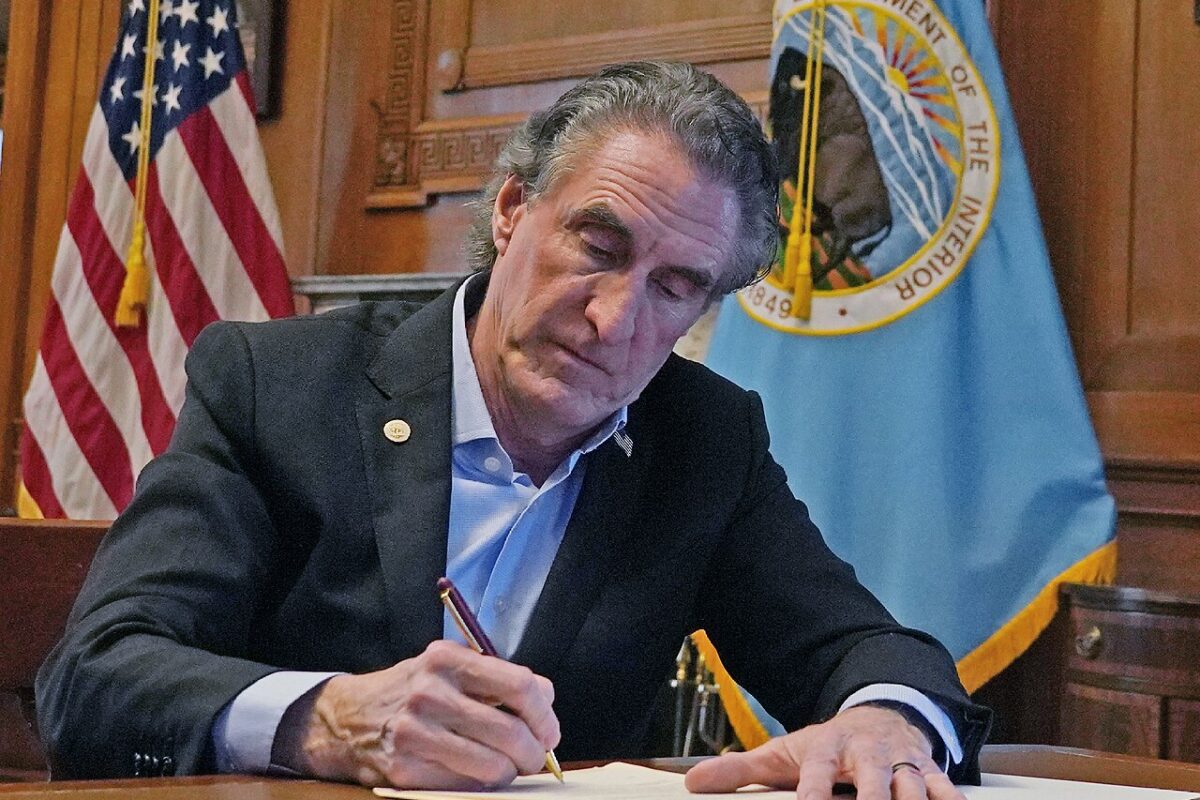



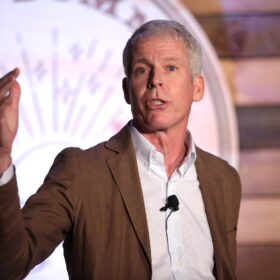

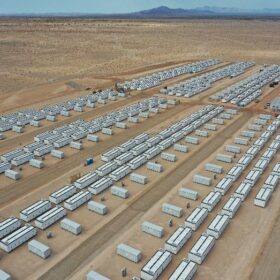
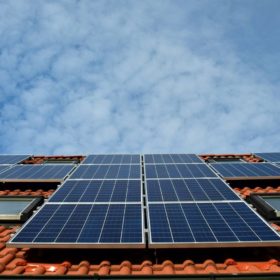
States that want to accelerate the energy transition just need to follow France, where they’ve mandated solar canopies at ALL existing large parking lots, nationwide, within 5 years. France, the nation with the highest % of nuclear generation and a single national utility. Just add on-site BESS and Vehicle-2-BESS chargers and you’ve rapidly deployed a reliable matrix of local neighborhood micro grids right where most utility rate payers live, work & commute, from large apartments & condos to shopping centers, business parks & municipal facilities. No new utility monopoly transmission, site acquisition, or other site improvement spending required. And no permitting & interconnection delays or armies of litigious NIMBYS. The benefits are so obvious that all the new healthcare facilities in my county have already covered 80% of their parking with solar canopies +BESS +V2G chargers. They get it.